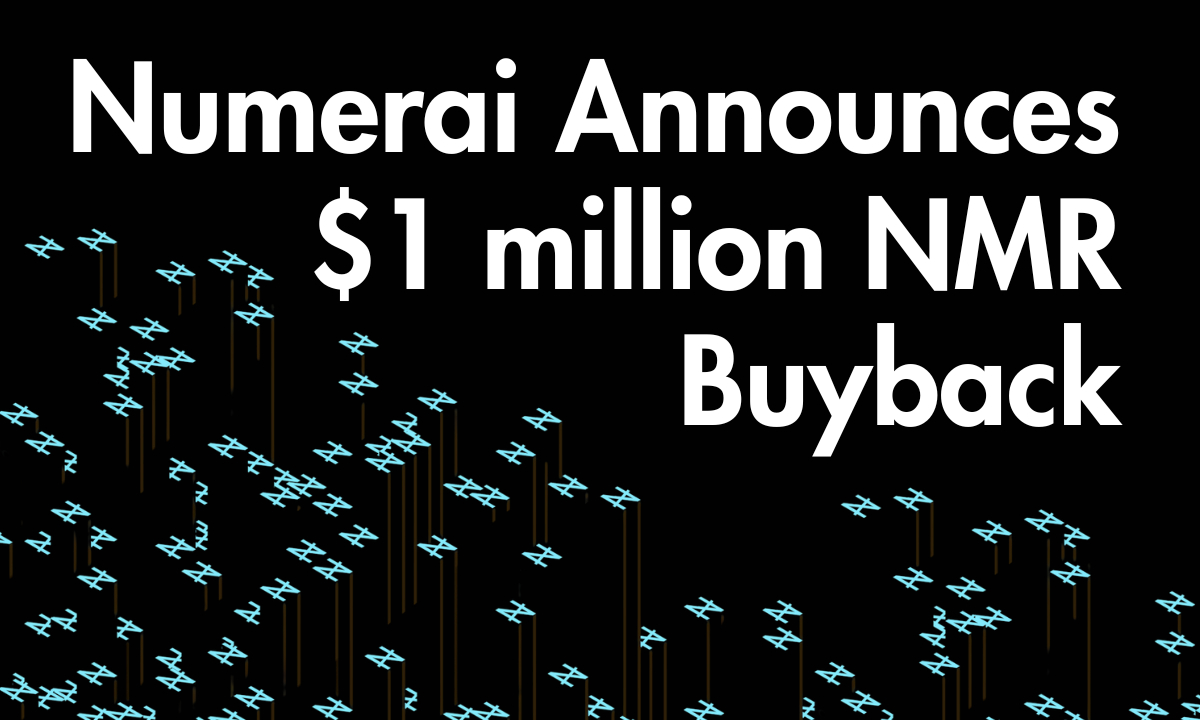Rebalancing is a fundamental concept in portfolio management and investment strategies. It involves adjusting the weightage of assets in a portfolio to maintain a desired level of asset allocation. The process includes periodically buying or selling assets to manage risk and ensure that the portfolio stays aligned with the investor’s long-term financial plan.
Let’s dive deeper into how rebalancing works and why it is essential for both traditional finance and decentralized finance (DeFi).
What is the importance of rebalancing?
Rebalancing is crucial because it helps investors maintain their desired risk-reward profile. Over time, the performance of different assets within a portfolio can vary. Some assets may experience significant gains, while others may decline in value. As a result, the initial asset allocation can deviate from the intended proportions.
Rebalancing allows investors to realign their portfolio by selling some of the outperforming assets and buying more of the underperforming assets. By doing so, investors can reduce their exposure to overperforming assets and prevent their portfolio from becoming overly concentrated in a single investment.
For example, suppose an investor initially allocated 60% of their portfolio to stocks and 40% to bonds. After a period, due to strong stock market performance, the stock allocation increases to 70%. To rebalance the portfolio back to the original allocation, the investor would sell some stocks and buy more bonds.
Rebalancing not only helps manage risk but also encourages disciplined investing. It prevents investors from getting caught up in the excitement of a particular asset class and encourages them to stick to their long-term investment plan.
What are Rebalancing Strategies?
There are various approaches to rebalancing, each suited to different investment goals and risk tolerance levels. The two primary types of rebalancing strategies are time-based and threshold-based.
What is Time-Based Rebalancing?
In a time-based rebalancing strategy, investors set specific time intervals, such as annually, quarterly, or monthly, to review and adjust their portfolios. This approach ensures that the portfolio remains aligned with the desired asset allocation over time.
For example, an investor might decide to rebalance their portfolio annually. At the end of each year, they would assess the portfolio’s current allocation, compare it to the target allocation, and make the necessary adjustments by buying or selling assets.
Time-based rebalancing provides a disciplined approach to portfolio management and prevents emotional decision-making based on short-term market fluctuations.
What is Threshold-Based Rebalancing?
In a threshold-based rebalancing strategy, investors establish predetermined thresholds for each asset class within their portfolio. When an asset’s weightage exceeds or falls below the set threshold, the investor rebalances the portfolio by buying or selling assets.
For example, an investor might set a threshold of 5%. If the allocation to a specific asset class deviates by more than 5%, the investor takes action to rebalance the portfolio.
Threshold-based rebalancing strategies are more reactive in nature and require ongoing monitoring of the portfolio’s performance. While they can be effective in maintaining the desired allocation, frequent trading may lead to higher transaction costs and tax implications.
What are Traditional Rebalancing Methods?
In traditional finance, investors typically manually perform the rebalancing process. They track their portfolios using spreadsheets, monitor market movements, and execute trades through exchanges or brokers.
Alternatively, investors can choose to invest in mutual funds or exchange-traded funds (ETFs) managed by professional portfolio managers. These funds handle the rebalancing process on behalf of investors, ensuring that the portfolio remains aligned with the stated investment objectives.
What is Rebalancing in Decentralized Finance (DeFi)?
Decentralized Finance (DeFi) offers new possibilities for rebalancing through the use of smart contracts and blockchain technology. Smart contracts are self-executing contracts with the terms of the agreement directly written into code. They automatically execute predefined actions once specific conditions are met.
In DeFi, rebalancing can be automated through smart contracts, eliminating the need for constant manual monitoring and trade execution. Investors can define their desired asset allocation, and the smart contract takes care of rebalancing the portfolio as needed.
This automation brings several advantages to the table:
- Efficiency: Automated rebalancing reduces the time and effort required for manual rebalancing, allowing investors to focus on other aspects of their investment strategies.
- Accuracy: Smart contracts ensure that the rebalancing process is executed precisely according to the predetermined rules, without any human errors or biases.
- Transparency: Blockchain technology provides a transparent and auditable record of all transactions, enabling investors to verify the rebalancing actions taken by the smart contract.
- Accessibility: DeFi platforms allow investors of all sizes to access automated rebalancing strategies, democratizing portfolio management.
Automated rebalancing in DeFi enables investors to optimize their portfolios and maintain a desired asset allocation without the need for constant manual intervention. It helps mitigate risks, ensures disciplined investing, and takes advantage of potential gains across different assets.
What is the conclusion?
Rebalancing is a crucial component of portfolio management and risk mitigation strategies. Whether in traditional finance or decentralized finance, maintaining a disciplined approach to asset allocation helps investors manage risk and achieve their long-term financial goals.
In traditional finance, rebalancing can be done manually or through professional portfolio managers. In DeFi, rebalancing can be automated through smart contracts, providing efficiency, accuracy, transparency, and accessibility to investors.
Understanding rebalancing and implementing suitable rebalancing strategies can significantly contribute to a well-diversified and optimized investment portfolio.
Author Bio: Hisham Khan, CEO of Aldrin
Hisham Khan has a decade-long background in managing and building robust and innovative financial and enterprise technology. With extensive experience at Bloomberg and based in New York, Hisham has worked as a project manager alongside top engineers. It was during this time that he recognized the transformative impact of cryptocurrencies, leading him to leave Bloomberg and establish Aldrin. His primary mission is to make advanced crypto trading and strategy development accessible to everyone through comprehensive trading tools.















